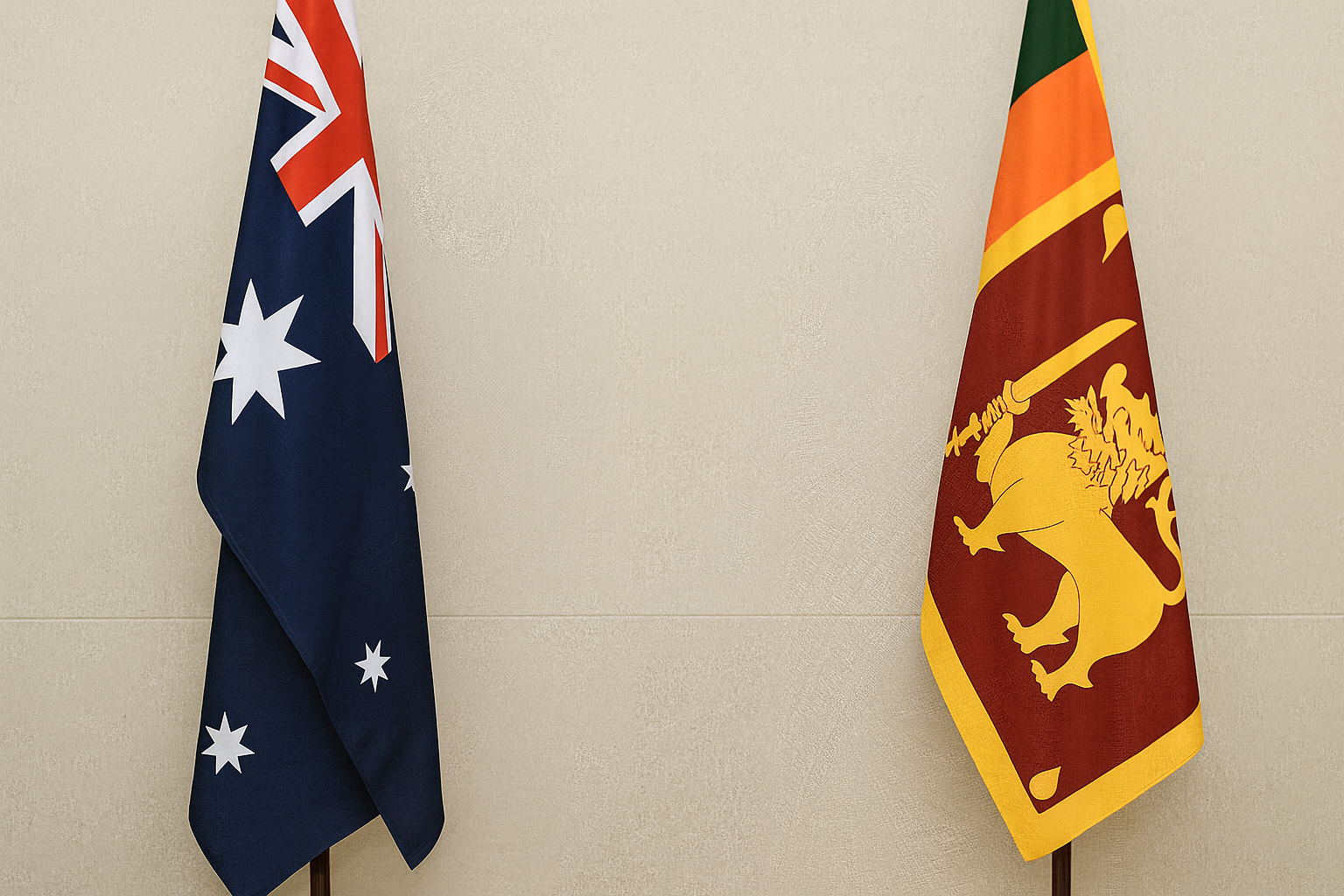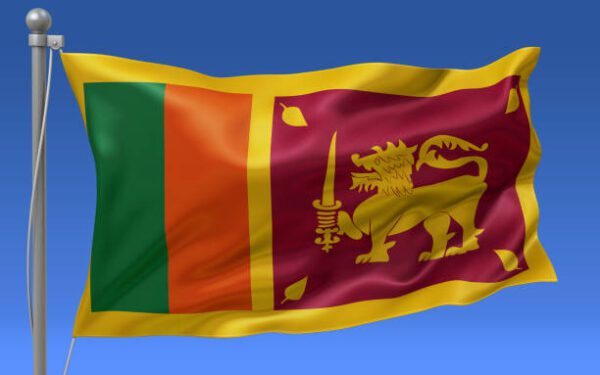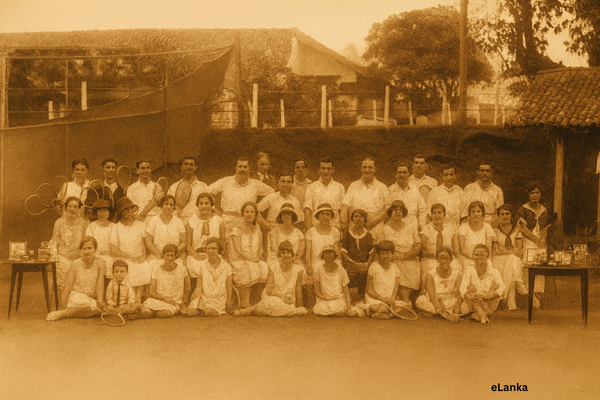Evolution of Architecture from Colonial Ceylon to Modern Sri Lanka

Early Influences in Colonial Ceylon
The architectural landscape of Sri Lanka, formerly known as Ceylon, underwent a profound transformation during the British colonial period. As European powers established their presence, British influence became particularly dominant in urban centers like Colombo, Galle, and Kandy. Public buildings, administrative offices, and private residences increasingly reflected Western styles, introducing neoclassical, Victorian, and Edwardian elements into the island’s architectural vocabulary.
British colonial architecture often blended functionality with grandeur, creating a visual language that symbolized authority and modernity. Government departments, notably the Public Works Department (PWD), directed many of these projects. However, the shortage of trained architects within the colony created opportunities for foreign professionals to contribute significantly to the local architectural heritage.
The Rise of Professional Architecture Firms
By the early 20th century, private architectural firms started to establish a foothold in Colombo. Among them, firms like Edwards, Reid, and Begg set a high standard for design excellence. Their work signified a transition from purely governmental construction efforts to a vibrant private practice scene.
The Colombo Town Hall, completed in the late 1920s, stands as a testament to this new era. Featuring stately colonnades, spacious courtyards, and a towering dome, it introduced a monumental scale previously unseen in civic architecture on the island.
The firm’s success marked the beginning of Colombo’s modernization. Their commissions extended beyond administrative buildings to include religious spaces, educational institutions, cinemas, and even hotel refurbishments. Their designs often combined classical forms with practical adaptations suited to tropical climates.
Colonial Aesthetics Adapted to a Tropical Context
While the external appearance of many colonial buildings in Sri Lanka reflected Western ideals of beauty and order, there was an increasing awareness of the island’s climatic realities. Deep verandas, high ceilings, wide overhangs, and large windows became common features, enhancing ventilation and protecting interiors from intense sun and heavy rain.
The ‘Colonial Classical’ style evolved, blending symmetry and proportion with localized adjustments for comfort. Some projects also embraced emerging global trends such as Art Deco, evident in theatres, apartment complexes, and social venues across Colombo.
Towards a National Identity in Architecture
As nationalist sentiments gained momentum in the early 20th century, architecture began to play a role in cultural expression. The need for a uniquely Sri Lankan architectural identity led to experiments that fused indigenous styles with contemporary construction methods.
Projects like the Peradeniya University campus and the Independence Memorial Hall aimed to capture the spirit of the nation’s heritage. Drawing inspiration from ancient royal audience halls and temple structures, these works reimagined traditional motifs using modern materials like concrete and steel.
However, these efforts were not without controversy. Critics argued that simply replicating historical styles did not constitute true innovation and that a genuine Sri Lankan modernism was still to be fully realized.
Post-Independence Transformation
Following independence in 1948, Sri Lanka’s architectural scene underwent another evolution. The return of young, internationally trained architects such as Geoffrey Bawa and Valentine Gunasekera injected fresh energy into the profession. They pioneered what came to be known as ‘Tropical Modernism’ — an approach that harmonized modernist principles with the landscape, climate, and cultural ethos of Sri Lanka.
This period saw the decline of purely colonial aesthetics and the emergence of an architecture that felt inherently Sri Lankan, one that celebrated openness, nature, and cultural memory without resorting to imitation.
Legacy and Continuing Influence
Today, the legacy of colonial architecture in Sri Lanka is visible not only in grand public buildings but also in the design vocabulary that continues to influence contemporary architects. While modern innovations dominate city skylines, the underlying respect for natural materials, spatial openness, and climatic sensitivity harks back to lessons learned during the colonial and immediate post-colonial periods.
From Ceylon to Sri Lanka, the journey of architecture reflects a broader story of adaptation, resistance, and creative evolution — a story that continues to shape the built environment of the island nation.





















